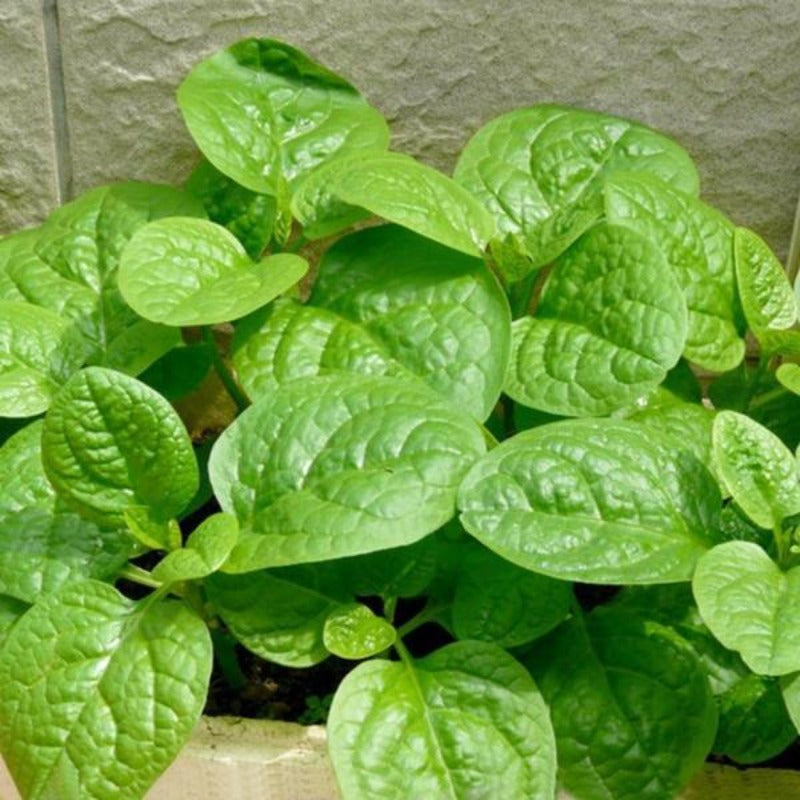- Species and varieties: Malabar spinach (Basella alba or Basella rubra) is a fast-growing, soft-stemmed vine that is known for its edible leaves. There are two main varieties: Basella alba, which has green stems and leaves, and Basella rubra, which has red stems and green leaves.
- Hybrid or heirloom: Malabar spinach is typically grown from heirloom seeds, which means the seeds are open-pollinated and can be saved and replanted year after year. This ensures the preservation of the plant's genetic diversity.
- Pruning and training: Malabar spinach vines can grow up to 10 feet or more, so they require support such as a trellis or fence. Regular pruning helps to encourage bushier growth and prevent the plant from becoming too leggy. Pinch off the tips of the vines to promote lateral branching.
- Fertilization needs: Malabar spinach benefits from regular fertilization. Use a balanced, all-purpose fertilizer every 4-6 weeks during the growing season. Organic options such as compost or well-rotted manure can also be used to enrich the soil and provide essential nutrients.
- Hardiness zones: Malabar spinach is suitable for USDA hardiness zones 7-11. It thrives in warm, humid climates and can be grown as a perennial in tropical and subtropical regions.
- Climate requirements: Malabar spinach requires a warm climate with temperatures consistently above 60°F (15°C). It prefers full sun to partial shade and grows best in well-drained, fertile soil with a pH of 6.5 to 6.8. It is tolerant of high humidity and can withstand periods of drought once established.












